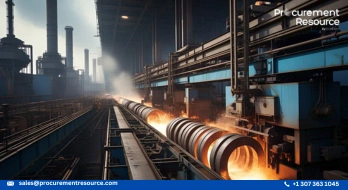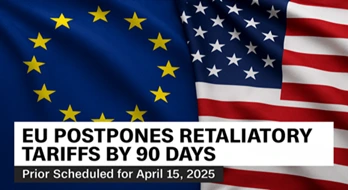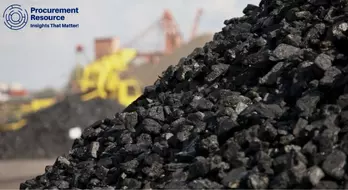India’s Steel Products Prices Continue to fall Due to Sluggish Demand in Domestic and International Market
.png)
The prices of the steel products in India at both domestic and global markets are being affected because of the negative market conditions over the past few months. Regardless of the Government’s decision to revoke export duty on steel commodities and iron ore, there has been no substantial demand for it and hence there has been a persistent fall in the steel prices.
The TMT bars with 8 mm thickness were traded at USD 587.67 per tonne (INR 48,000/tonne) (apart from 18 per cent GST) on Monday, November 28th whereas since November 19th steel bars with 10-25 mm thickness witnessed a price of USD 575.42 per tonne (INR 47,000/tonne) while the Government retreated the export duty that was put on steel. The present prices of steel have come down to its eleven months low.
Request Access For Regular Price Update of Steel
The Government took the step to generate added demand for the products and boost the prices. Though, the prices for the commodity are consistently plunging, and as per the market experts this price trend may possibly persist for at least the next few weeks.
President of Steel and Hardware Chamber of Vidarbha said that demand for the steel products has been weak since, at this point, the customers are highly vigilant and the majority of them are anticipating further fall in the prices and therefore they are not purchasing steel.
It mostly happens that the prices for steel products increases soon after Diwali festival as the construction activities begin to rise. However, the construction activities are still to get into the expected tempo and hence there is less demand for the products.
On the other hand, there is a similar situation in the international steel market where the demand is low, specifically for the Indian manufactured steel. As per the steel producers, they have been purchasing he raw material at an extremely elevated price due to which they are not able to compete with other manufacturers. Besides, the price of raw material and power are also impacting the steel manufacturers in India. However, the future is unpredictable.
Meanwhile, to bring down the costs the Chinese steel producers have already heightened the ratio of low-grade iron ore in their manufacturing which in turn is driving up the price of the inexpensive ores and lessening the gap between high and low grades to less than USD 40 per tonne in the current month. This is lesser from approximately USD 90 per tonne in March and the lowest possible from April 2021.
Traders and market forecasters mentioned, that since the Chinese steel manufacturers are looking for cheaper raw materials to deal with the insufficient profits, China is ready to break up the considerable volumes of low-grade iron ore from India in the upcoming weeks.
India cancelled a 50 percent export tax on November 19th that had been put on iron ore since May, and even though the country is small-scale steel maker in comparison to Australia and Brazil, having access to cheaper ores are presently in high demand.
Read More About Steel Production Cost Reports - REQUEST FREE SAMPLE COPY IN PDF
The leading producer of steel, China, is facing lower demand for the metal in the recent months owing to the increasing COVID-19 incidences throughout the country along with the constant crunch in the property market that is leading to the ceasing of the construction activities.
As per the reports on the market, the rebuilding of the iron ore exports is undeniably a positive news to Chinese steel mills and also stated that a majority of these factories were experiencing a loss and were looking for cheaper raw materials.
According to Procurement Resource, the prices steel products from India are being impacted due to the negative conditions in both domestic and global markets over the last couple of months. To add to this, even though the Government decided to retreat the export duty on steel commodities and iron ore, there has been no strong demand for it, which led to a persistent fall in the steel prices.
On the other hand, the Chinese steel manufacturers have already increased the ratio of low-grade iron ore in their production process to bring down the costs and this is resulting in the rise of the price of the low-cost ores and minimizing the difference between high and low grades to less than USD 40 in November month.



